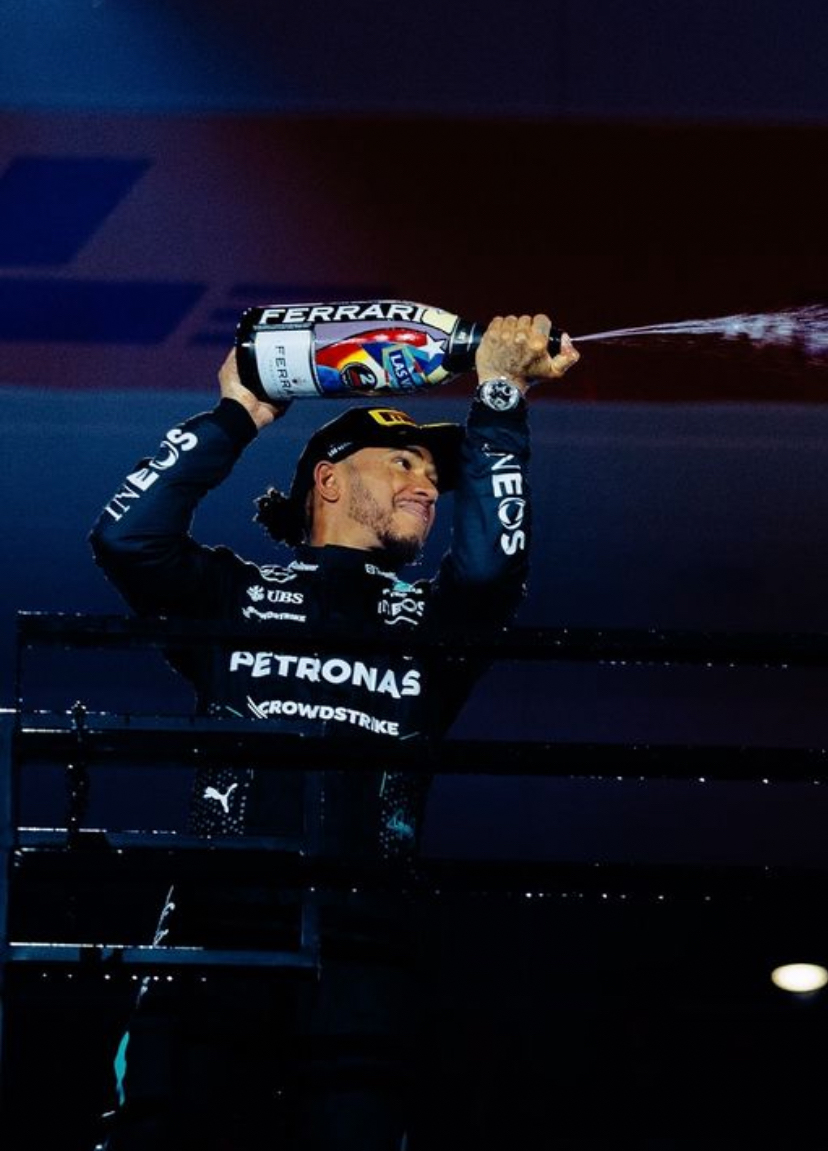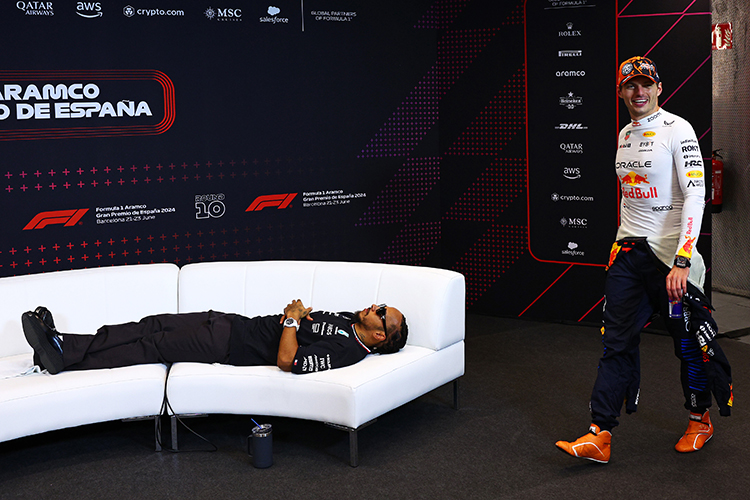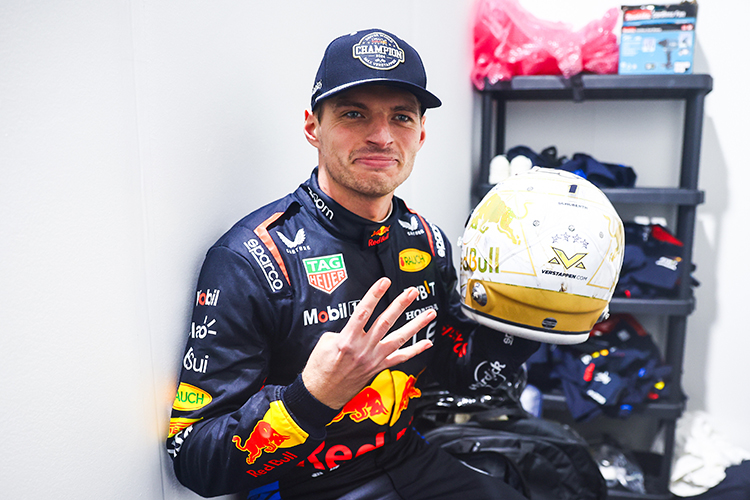The Price of Speed: Unpacking the Wealth Barrier in Formula 1

Formula 1 World Champions: A legacy of racing legends
The Price of Speed: Unpacking the Wealth Barrier in Formula 1
Is Formula 1 Exclusively for the Affluent?
Is Formula 1 a Rich Man's Sport?
Explore the financial barriers and the wealthy elite behind Formula 1 racing, examining sponsorships, team ownerships, and the sport's financial landscape.
Formula 1, often referred to as the pinnacle of motorsport, captivates fans around the world with its speed, cutting-edge engineering, and elite drivers. However, behind the glitz and glamour lies a significant question: is Formula 1 truly a "rich man's sport"? This article delves into the financial landscape of F1, exploring the costs of entry, the role of sponsorships, the wealth behind the teams, and the challenges faced by aspiring drivers.
The Costs of Entry: Sky-High Barriers
Formula 1 is known for its exorbitant costs, which pose significant barriers to entry for both teams and drivers. Unlike sports such as football or basketball, where raw talent can shine without massive initial investments, F1 requires extensive resources from a young age. Aspiring drivers typically begin their careers in karting, which, although more affordable, can still cost tens of thousands of dollars annually due to high-end karts, travel expenses, and team fees.
Karting: The Starting Point
Many F1 drivers start their journey in karting, where they develop crucial skills such as vehicle control, decision-making, and race strategy. While karting is relatively inexpensive compared to Formula 1, it can still run into six figures annually for competitive racers, especially as drivers advance through junior categories like Formula 3, Formula 2, and ultimately, F1.
Sponsorship and Backing
To make it to F1, aspiring drivers often need significant financial backing. This leads to the prevalence of "pay drivers"—those who bring sponsorship or personal funds to secure a seat. This dynamic reinforces the perception of F1 as a sport primarily for those with deep pockets or connections to corporate sponsors.
Teams: A Billion-Dollar Industry
Formula 1 teams are multi-billion-dollar entities. Top-tier teams such as Mercedes, Ferrari, and Red Bull Racing operate with annual budgets exceeding $400 million. Even mid-tier teams often spend upwards of $100 million per year on car development, R&D, and driver salaries.
The Costs of Building an F1 Car
F1 cars are the epitome of engineering innovation, with constant advancements in aerodynamics, hybrid power units, and energy recovery systems. Developing and maintaining these high-tech machines costs teams hundreds of millions annually. A single component, such as a front wing, can cost hundreds of thousands of dollars, and the logistics involved in transporting equipment and staff around the globe also adds millions to the budget.
Salary Wars: Drivers and Engineers
Top drivers in Formula 1 command lucrative salaries, often in the tens of millions of dollars per year. For example, seven-time world champion Lewis Hamilton reportedly earns $50 million annually. In addition, F1 teams pay high wages to engineers, technical staff, and team principals, whose expertise drives the sport's success on and off the track.
Wealthy Owners and Corporate Giants
Formula 1's exclusivity is further fueled by the financial backing of wealthy team owners and large corporations. For instance, Red Bull Racing is funded by the Red Bull energy drink empire, while Mercedes receives support from Daimler AG. Ferrari enjoys the financial backing of Fiat Chrysler Automobiles (now Stellantis), and Lawrence Stroll’s investment helped save Racing Point, now known as Aston Martin F1 Team. This corporate involvement showcases how F1 relies on billionaires and global brands for financial stability.
Sponsorship: The Fuel Behind the Sport
Corporate sponsorships are essential to Formula 1's financial ecosystem. Sponsorship deals can range from millions to hundreds of millions of dollars annually, with global brands like Rolex, Heineken, and Pirelli investing heavily to associate their image with F1's elite status. These sponsorships help teams cover massive expenses, but they also mean that drivers often need personal sponsors to secure seats in F1.
Fan Experience: A Pricey Affair
It’s not just the teams and drivers who face steep costs in Formula 1. Fans also experience a high price tag when attending races. Premium seats at prestigious events like the Monaco Grand Prix can cost thousands of dollars, and VIP packages or paddock passes come with hefty price tags as well. Additionally, Formula 1 merchandise is often expensive, reinforcing the sport's image as a luxury affair.
The Financial Divide in Formula 1: Rich vs. Poor Teams
Formula 1 has introduced the cost cap in 2021, set at $145 million, to level the playing field between the wealthier teams and those with smaller budgets. However, even with this cap in place, teams with larger financial resources can still invest heavily in infrastructure, talent, and technology, perpetuating the financial divide within the sport.
Changing the Perception: Can F1 Become More Inclusive?
Formula 1 is working to broaden its appeal and reduce the financial barriers for aspiring drivers. The "We Race As One" campaign and various diversity initiatives signal an effort to increase inclusivity in the sport. However, the inherent financial demands of F1 remain a significant challenge, and its association with luxury and wealth is unlikely to disappear anytime soon.
Conclusion: A Sport for the Wealthy, But Accessible to All?
While Formula 1 is undeniably a sport for the wealthy, the sport's increasing popularity, digital media accessibility, and efforts to increase inclusivity suggest that F1 is striving to broaden its fan base and reduce some of the financial barriers. While the financial landscape of F1 may never shift entirely, initiatives aimed at diversifying the sport and increasing its global appeal offer hope for a more inclusive future.
Formula 1 remains a high-stakes sport with steep financial demands, from the billion-dollar budgets of top teams to the personal sponsorships required by drivers. However, its immense global popularity and efforts to foster inclusion continue to reshape its image as a sport for the wealthy.
Up Next


